How to Select the Right Lithium Ion Battery Cell for Your Energy Needs
As the demand for energy storage solutions continues to rise, selecting the right Lithium Ion Battery Cell for specific energy needs has become a critical consideration for both consumers and industries. According to a report by the International Energy Agency (IEA), the global lithium-ion battery market is projected to exceed USD 100 billion by 2025, driven by the electrification of transportation and renewable energy systems. Additionally, a study by BloombergNEF indicates that the cost of lithium-ion batteries has decreased by over 85% in the past decade, making them an increasingly attractive option for energy storage. With a plethora of options available, including variations in capacity, cycle life, and thermal stability, understanding the key factors that influence the selection process is essential for optimizing performance and ensuring long-term sustainability in energy applications.
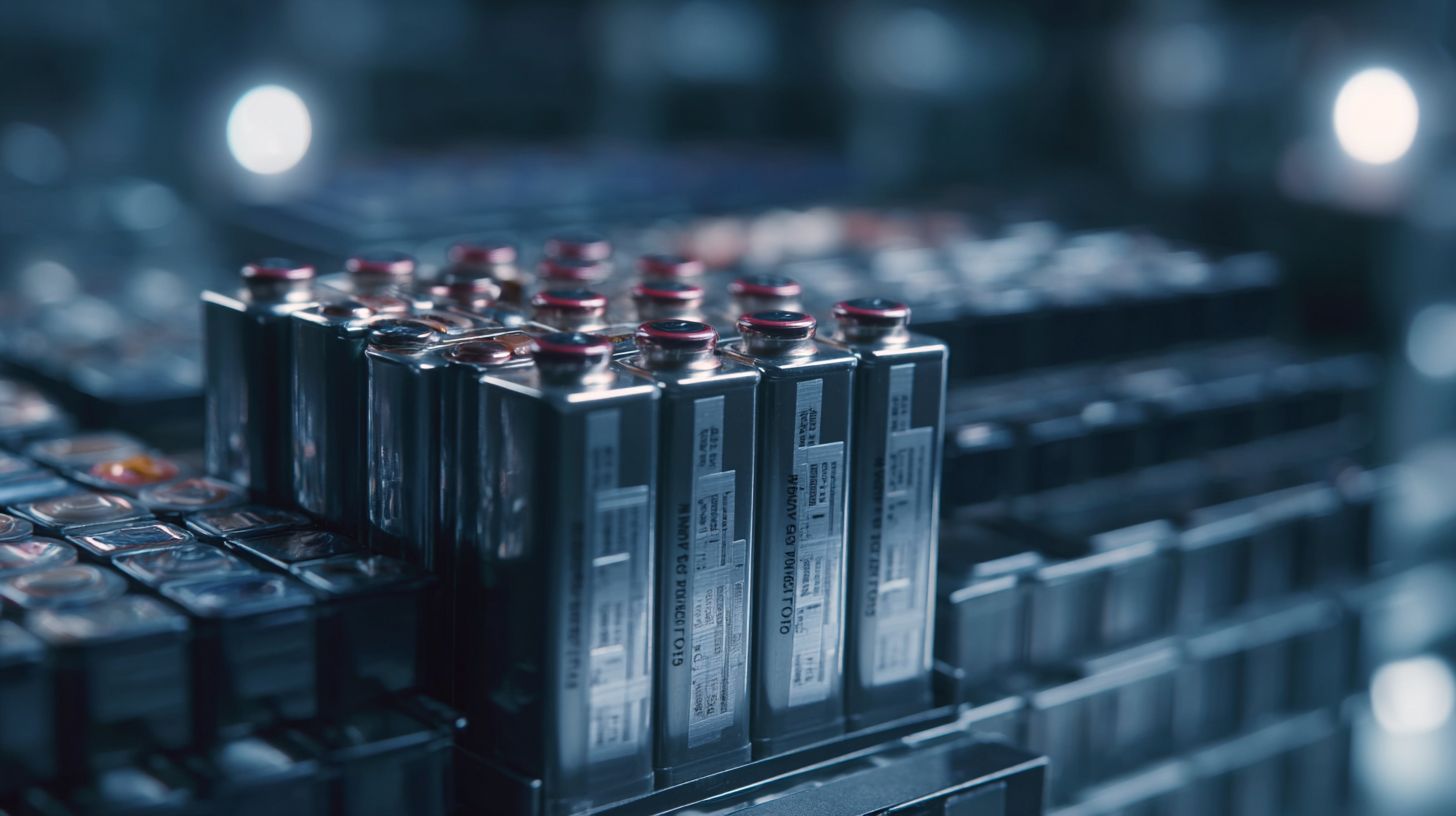
Understanding Your Energy Requirements for Lithium Ion Battery Selection
When selecting the right lithium-ion battery cell for energy needs, understanding your specific energy requirements is crucial. Begin by assessing the application—whether for electric vehicles, stationary energy storage systems, or portable devices. Each of these applications demands different performance characteristics. For instance, electric vehicles require batteries that can deliver high energy density and rapid charging capabilities, while stationary systems typically prioritize longevity and cost-effectiveness. Evaluating the operational environment, such as temperature stability and humidity, will also influence battery selection.
Additionally, consider the battery's thermodynamic and kinetic behaviors, especially if you are looking into advanced designs like aqueous lithium-ion batteries. Recent research highlights how variations in electrolyte concentration can affect performance and stability. This is particularly important in determining the efficiency and longevity of the battery system. Furthermore, incorporating life cycle assessments from existing technologies provides insight into the sustainability and economic feasibility of your choices, ensuring that the selected lithium-ion battery is not only efficient but also socially and environmentally responsible.
Energy Requirements for Lithium Ion Battery Selection
Key Specifications to Evaluate When Choosing Lithium Ion Battery Cells
When selecting the right lithium-ion battery cell for your energy needs, it is essential to evaluate key specifications that directly impact performance and suitability. First and foremost, consider the cell's capacity, measured in ampere-hours (Ah). This specification indicates how much energy the battery can store and deliver over time. A higher capacity is beneficial for applications requiring extended run times, while a lower capacity may suffice for less demanding uses.
Another critical factor is the discharge rate, or C-rate, which determines how quickly the battery can release its stored energy. For high-power applications like electric vehicles, a cell with a higher discharge rate allows for more rapid energy delivery. Additionally, consider the cycle life, which measures how many charge and discharge cycles the battery can endure before its capacity significantly degrades. A longer cycle life is crucial for cost-effectiveness and sustainability, especially in applications where battery replacement can be challenging. Evaluating these specifications will ensure you choose a lithium-ion battery cell that meets your specific energy requirements effectively.
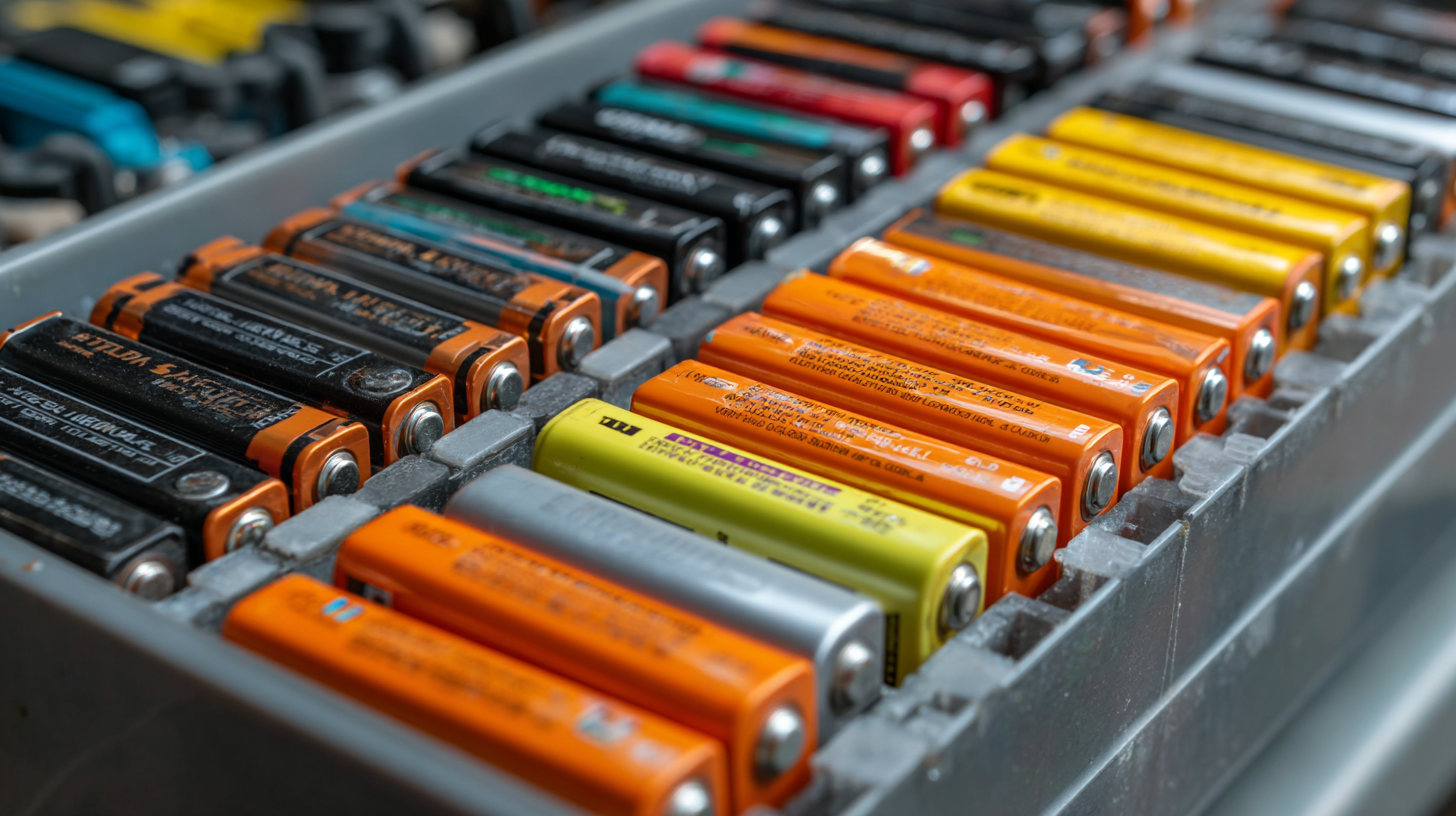
Types of Lithium Ion Battery Cells and Their Applications Explained
When selecting a lithium-ion battery cell, it's crucial to understand the various types available and their specific applications. The most common types include cylindrical, prismatic, and pouch cells, each offering distinct advantages depending on the intended use. Cylindrical cells, known for their robust construction and excellent thermal management, are often employed in power tools and electric vehicles. Their standardized sizes make them a popular choice for a wide range of applications.
On the other hand, prismatic cells boast a more compact design, making them suitable for devices where space is limited, such as smartphones and laptops. They generally provide higher energy density, allowing manufacturers to create slimmer products without sacrificing performance. Pouch cells offer flexibility in shape and size, enabling innovative design possibilities for wearables and other portable electronics. Understanding these differences can help consumers and manufacturers alike select the right lithium-ion battery cell to meet their specific energy requirements effectively.
Assessing Lifespan and Performance for Long-Term Energy Solutions
When selecting the right lithium-ion battery cell for your energy needs, assessing the lifespan and performance becomes crucial for achieving long-term energy solutions. Lithium-ion batteries are favored for their efficiency and longevity, but not all cells are created equal. Different chemistries and configurations can significantly impact how well they perform over time. Understanding the typical lifespan—often measured in charge cycles—and factors that can affect battery degradation is essential for making an informed choice.
Tips: One way to evaluate lifespan is by looking at the cycle life rating, which indicates how many full charge and discharge cycles the battery can endure before its capacity drops significantly. Additionally, consider the thermal management of the battery system, as excessive heat is a primary cause of reduced lifespan.
In terms of performance, it’s important to look at both energy density and discharge rates. Energy density will determine how much energy the battery can store relative to its size, while discharge rates affect how quickly it can deliver power when needed. These factors can influence not only the efficiency of your energy system but also its adaptability to specific applications like electric vehicles or renewable energy storage.
Tips: Always review specifications for both high and low-temperature performance, as battery efficiency can drop dramatically in extreme conditions. Choosing a reputable manufacturer with reliable warranty provisions can also go a long way in securing performance and longevity.
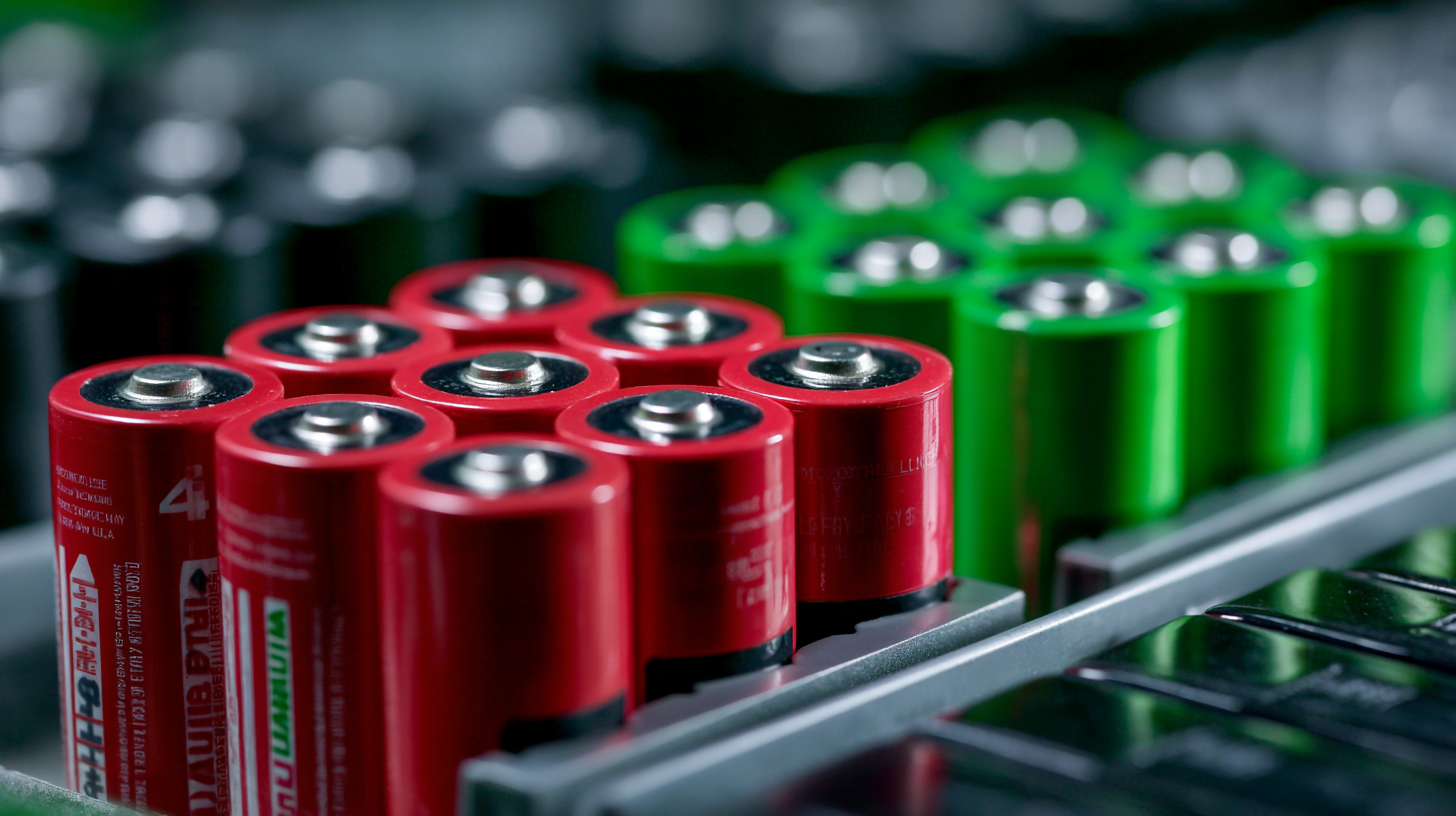
Factors Affecting Cost and Efficiency in Lithium Ion Battery Choices
When selecting a lithium-ion battery cell, understanding the factors affecting cost and efficiency is paramount. One significant determinant is the battery chemistry. For instance, lithium nickel manganese cobalt oxide (NMC) batteries often offer higher energy density and efficiency but tend to be more expensive compared to lithium iron phosphate (LFP) cells, which are more cost-effective but have lower energy density. According to a report by the International Energy Agency (IEA), the average cost of lithium-ion batteries fell to about $137 per kilowatt-hour in 2020, reflecting advances in technology and economies of scale but highlighting the trade-off between cost and performance.
Another critical factor is the battery lifecycle and degradation rates. Research by the U.S. Department of Energy indicates that high-performance lithium-ion batteries can lose up to 20% of their capacity after 400 charge-discharge cycles, while others may last substantially longer. The cost-effectiveness of a battery also hinges on its long-term efficiency and performance reliability, as the initial investment can be offset by reduced replacement frequency and maintenance costs. Therefore, assessing the intended application and expected usage patterns is essential for selecting the battery cell that optimally balances upfront costs with long-term efficiency and lifespan.
Related Posts
-

Exploring Alternative Energy Solutions for Mobile Battery Charging
-
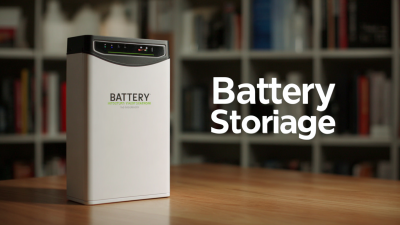
How to Choose Best Battery Storage Solutions According to Industry Manufacturing Standards
-
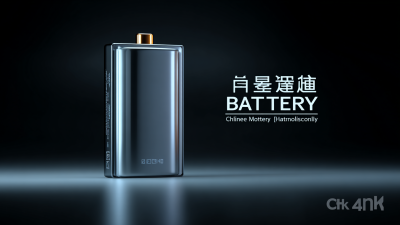
Unleashing Chinese Innovation in Mobile Battery Technology for Global Market Success
-

Exploring Alternative Technologies for Lithium Marine Batteries
-
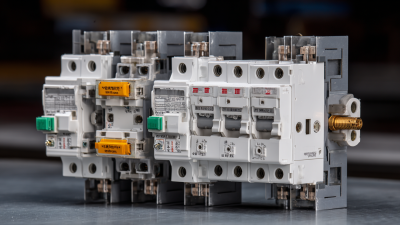
How to Ensure Import Export Certification for the Best Vacuum Circuit Breaker
-

Future of Solar Battery Market by 2025 and How to Choose the Best Option for Your Needs
